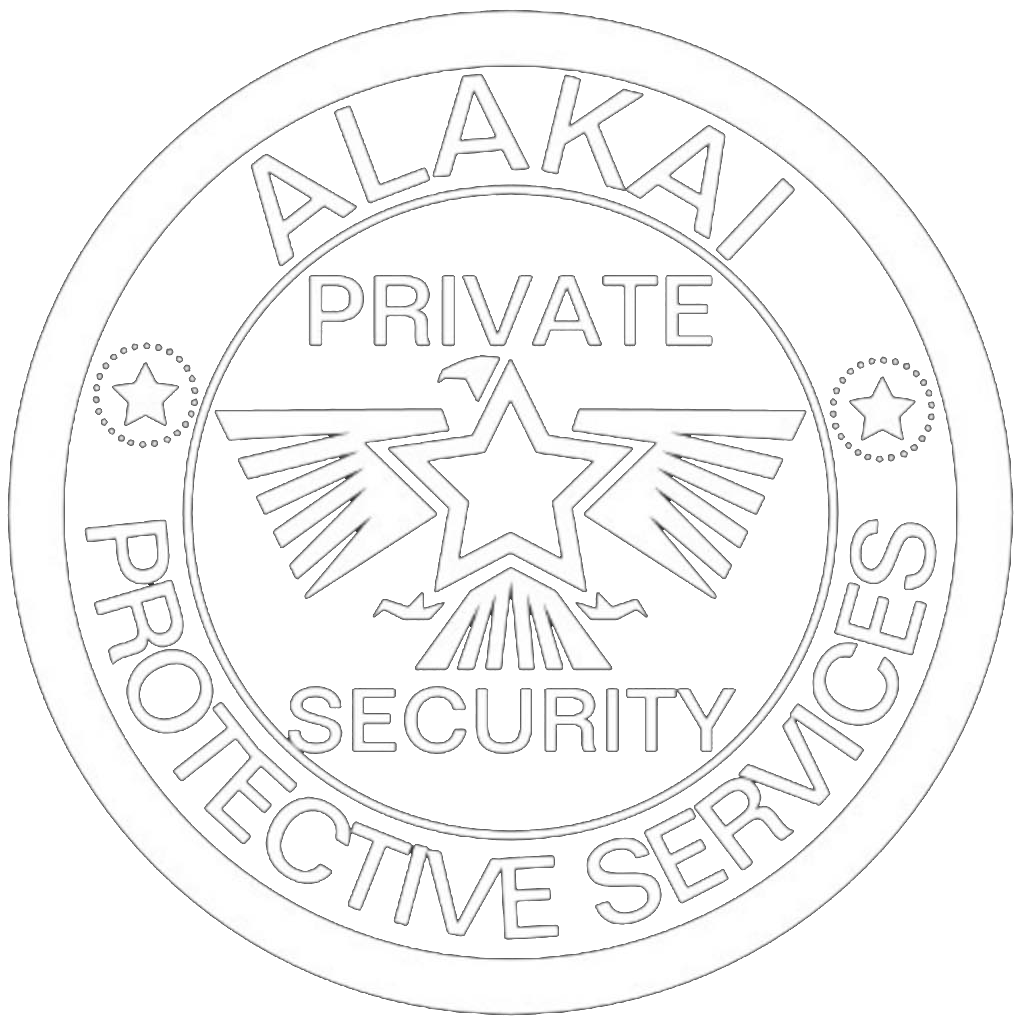Executive Protection
Observe - Protect - Secure - Defend
Executive Protection Services
Executive protection refers to security services designed to ensure the safety of high-profile individuals, such as corporate executives, celebrities, and politicians. Key components include:
Threat Assessment
Evaluating potential risks to the individual, including personal, professional, and environmental threats.
Security Planning
Developing a comprehensive security plan tailored to the individual’s lifestyle, travel, and work activities.
Close Protection
Providing personal security details that accompany the individual, ensuring constant vigilance and immediate response to threats.
Training and Preparedness
Providing training for the individual and their staff on security awareness and emergency protocols.
Crisis Management
Preparing for potential emergencies, including evacuation plans and contingency strategies.
Event Security
Managing security at public appearances, events, or meetings, ensuring a secure environment.
Travel Security
Ensuring safe transportation and logistics, including secure routes and accommodations during business trips or events.
Surveillance and Intelligence
Monitoring potential threats through research and surveillance to anticipate and mitigate risks.
Coordination with Law Enforcement
Collaborating with local authorities when necessary to enhance security measures.
Effective alarm response services help ensure quick action, minimizing potential damage or loss.
Executive Protection Procedures
Executive protection involves a series of systematic procedures to ensure the safety of high-profile individuals. Here’s an overview of the typical steps involved:
- Pre-Assessment and Planning:
- Threat Assessment: Identify potential risks through background checks, intelligence gathering, and environmental analysis.
- Security Plan Development: Create a tailored protection plan that addresses identified risks, including routes, safe locations, and emergency protocols.
- Advance Coordination:
- Logistics Management: Arrange secure transportation, accommodations, and venues for events.
- Site Surveys: Conduct assessments of locations to identify vulnerabilities and security needs.
- Close Protection Team Formation:
- Team Selection: Assemble a team of trained security professionals based on the specific needs of the individual.
- Role Assignments: Define roles and responsibilities within the team (e.g., lead protector, driver, communications specialist).
- Training and Drills:
- Personal Security Training: Equip the individual with skills to recognize and respond to threats.
- Team Drills: Conduct practice scenarios to ensure readiness for various situations.
- Real-Time Monitoring:
- Surveillance: Monitor the environment for any potential threats during activities or events.
- Communication: Maintain constant communication within the team to share updates and intelligence.
- Execution of Protection Plan:
- Close Protection: Provide constant personal security to the individual, including escorting them to and from locations.
- Crowd Management: Manage interactions with the public and media while maintaining the individual’s safety.
- Incident Response:
- Threat Response: Quickly assess and respond to any threats or emergencies, following predefined protocols.
- Evacuation Procedures: Implement evacuation plans if a significant threat arises.
- Post-Incident Review:
- Debriefing: Conduct a review of any incidents to assess the effectiveness of the response and identify areas for improvement.
- Adjustments to Security Plan: Update security measures and plans based on lessons learned.
- Ongoing Monitoring and Evaluation:
- Continuous Assessment: Regularly evaluate threats and adapt the security plan as necessary to address evolving risks.
These procedures ensure a comprehensive and proactive approach to executive protection, safeguarding the individual’s safety in various enviorments.
We Are Here 24/7 for All of Your Security Needs
Your Safety Is Our Priority, Call Us Today for A Free Security Quote at (707) 652-4465.

